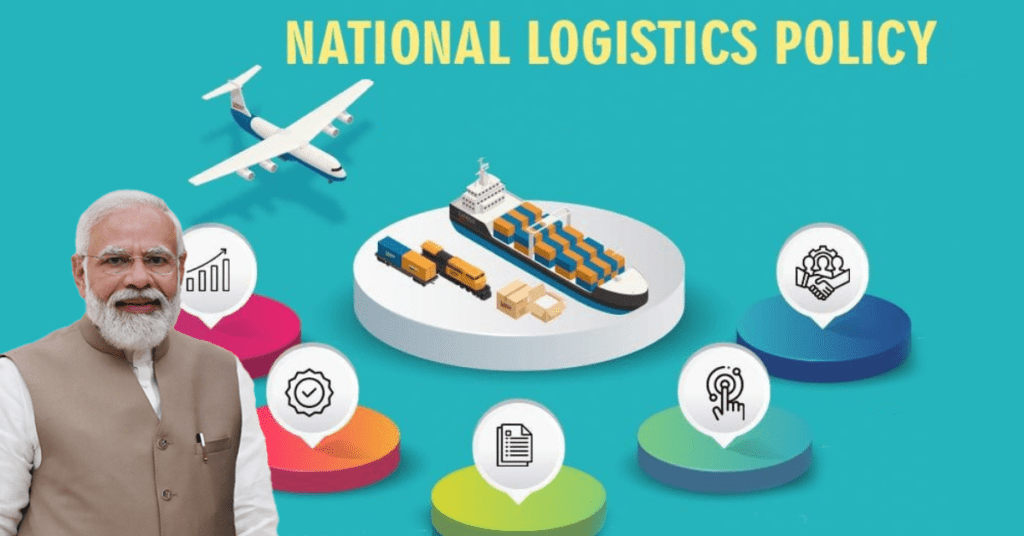“The National Logistics Policy is one of the results of concerted efforts to ensure prompt last-mile delivery, resolve transport-related issues, save manufacturers’ time and money, and reduce loss of agricultural products, Modi stated.’’
The prime minister referred to the reintroduction of the cheetah in India when he announced the launch of the initiative, saying that luggage should move quickly like a cheetah while noting that logistical costs currently represent 13 to 14% of India’s GDP, nearly twice as much as they do in many developed nations. The goal is to reduce the logistics costs from 13–14% to under 10% as quickly as possible. In some ways, if we want to become globally competitive, this is the low-hanging fruit. Logistics broadly speaking refers to facilities important to trade, such as transport services for the movement of goods, storage facilities, which are particularly important for trade in perishable goods like food, fruits, and vegetables, as well as the efficient operation of governmental services that facilitate trade, such as licensing and customs.
India, which has grown to be the fifth-largest economy in the world, is seeing tremendous change, according to Modi. The Prime Minister added, “Make in India’’ and India’s move towards independence is everywhere. India has set and achieved high export targets. The idea that India is becoming a center for manufacturing is becoming more stable.
Logistics Policy Plans
The National Logistics Policy is the result of eight long years of hard effort and is a combination of policy plus performance, which is equal to progress. The establishment of Dedicated Freight Corridors (DFCs) to increase logistical connectivity for methodical infrastructure development was accelerated by programs like Sagarmala and Bharatmala. The whole port capacity of India has grown dramatically, and the turnaround time for cargo ships has decreased from 44 to 26 hours on average. 40 air cargo terminals have been built to promote exports. Furthermore, 30 airports now have cold storage facilities, and 35 multimodal hubs are under construction nationwide. For sustainable water transportation, a large number of new waterways have been built across the country.The PM Gati Shakti Plan, a Rs 100 lakh crore national master plan for infrastructure, will establish the groundwork for comprehensive infrastructure and provide our economy with an integrated path. A single platform was created under this plan to allow ministries to monitor the progress of various infrastructure projects. Over the next four to five years, the Modi administration hopes to build over 200 new airports, helipads, and water aerodromes where planes may land in addition to roughly doubling the existing 19,000 km natural gas pipeline network.

